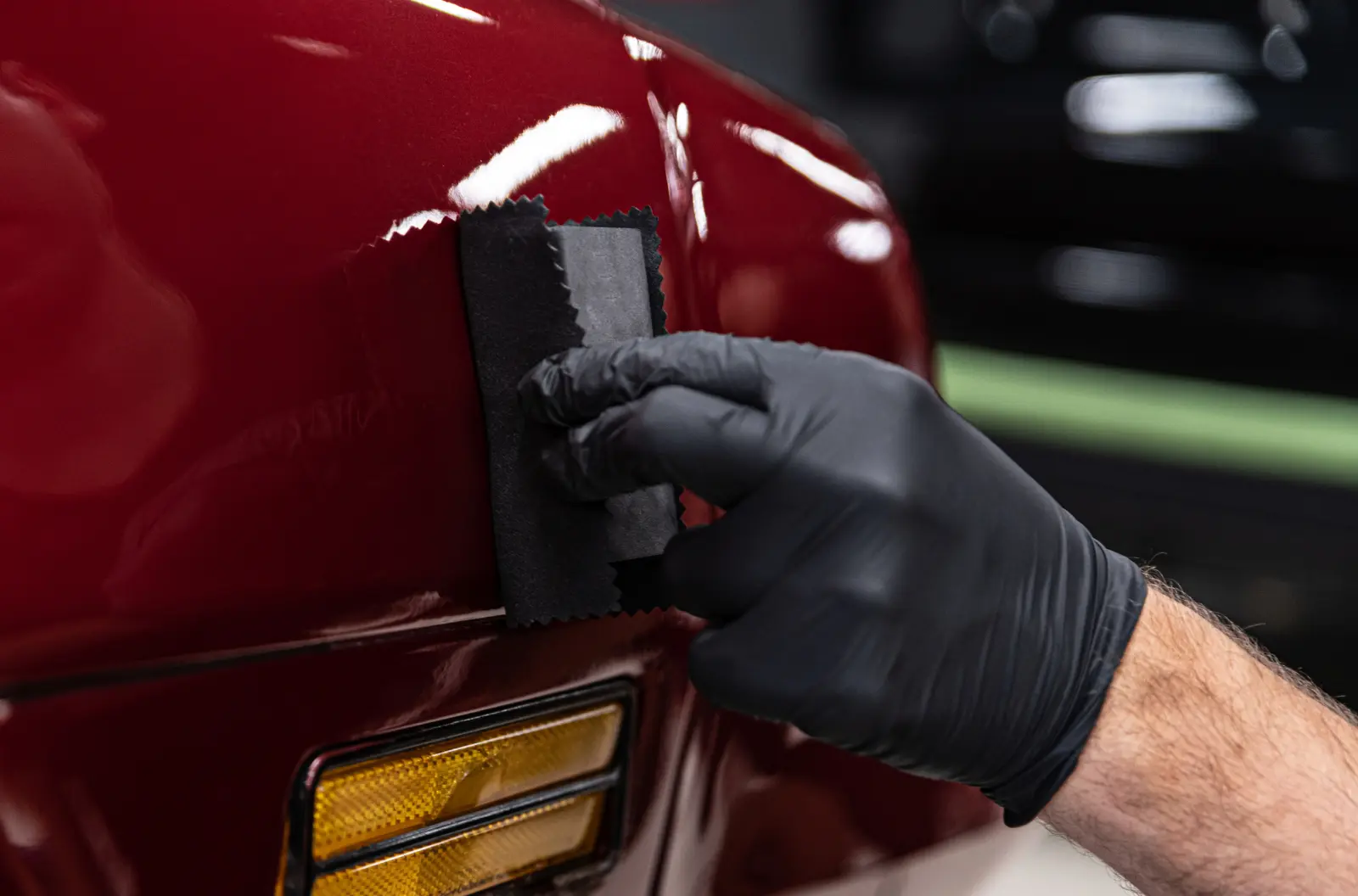TABLE OF CONTENTS
TABLE OF CONTENTS
Introduction to Isostearic Acid
Best Practices for Storage
Storage Conditions
Labeling and Documentation
Proper Labeling
Safety Data Sheets (SDS)
Handling Practices
Personal Protective Equipment (PPE)
Safe Handling Procedures
Safety Measures and Emergency Procedures
First Aid Measures
Fire Safety
Disposal Guidelines
Waste Disposal
Environmental Considerations
Conclusion
FAQs
What are the proper storage conditions for isostearic acid?
Isostearic acid should be stored in a cool, dry place with a temperature range between 15°C to 25°C. Use tightly sealed containers made of materials like high-density polyethylene (HDPE) or stainless steel to prevent contamination and leakage. Ensure the storage area is well-ventilated and free from moisture.
What personal protective equipment (PPE) is required when handling isostearic acid?
When handling isostearic acid, wear chemical-resistant gloves (such as nitrile or neoprene), safety goggles or face shields, lab coats or aprons, and appropriate respiratory protection if vapors or mists are present.
How should spills of isostearic acid be managed?
In the event of a spill, contain and clean it immediately using absorbent materials. Dispose of the waste according to local regulations. Spill containment kits should be readily available in the handling area.
What are the first aid measures for isostearic acid exposure?
For skin contact, wash the affected area with soap and water. In case of eye contact, rinse eyes with water for at least 15 minutes. If inhaled, move to fresh air immediately. If ingested, rinse the mouth with water and seek medical attention. Do not induce vomiting.
How should isostearic acid be disposed of?
Dispose of isostearic acid waste according to local, state, and federal regulations. Use designated waste containers and follow proper disposal protocols to minimize environmental impact. Avoid releasing isostearic acid into the environment.
Why is oxidative stability important in isostearic acid?
Oxidative stability prevents isostearic acid from becoming rancid and degrading over time. This property ensures the chemical’s long shelf life and consistent performance in products like cosmetics and industrial lubricants.





